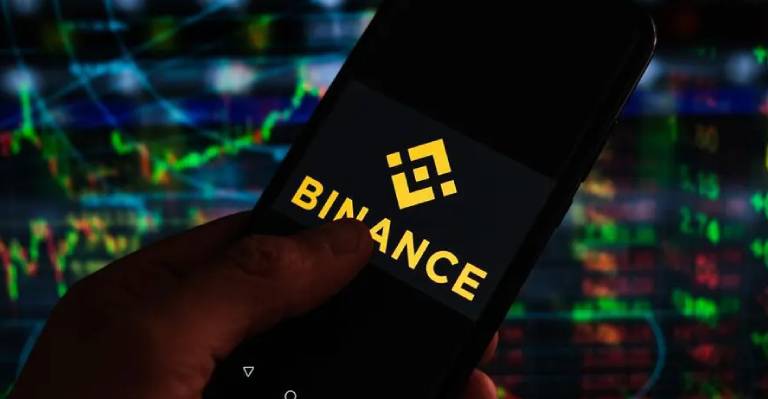TL;DR
- Binance has announced the removal of several trading pairs due to low liquidity and volume.
- Affected pairs include SHIB/TUSD, LINK/TUSD, and MEME/ETH, among others.
- The measure seeks to protect users and maintain the quality of the trading market.
Binance to remove several trading pairs on June 28.
In a move aimed at preserving market quality and protecting its users, Binance, a leading cryptocurrency exchange platform, has announced the removal of multiple trading pairs.
Starting from June 28, 2024 03:00 (UTC), trading of the following spot trading pairs will be suspended: BLUR/FDUSD, LINK/TUSD, MEME/ETH, METIS/FDUSD, NFP/BNB, OSMO/BTC, and SHIB/TUSD.
This decision is based on regular reviews conducted by Binance, which have revealed low liquidity and trading volume on these specific pairs.
Despite the removal of these pairs, the associated tokens will continue to be available on Binance Spot, allowing users to trade the base and quote assets in other trading pairs available on the platform.
Importantly, Binance will also terminate the services of its spot trading bots for the mentioned pairs, urging users to update or cancel their bot configurations before June 28 to avoid possible losses.
This move is part of Binance’s ongoing efforts to maintain high standards of security and efficiency on its platform.
Impact on Binance markets and future prospects
Despite the announcement of the delisting of trading pairs due to low liquidity, several of the affected tokens have shown varying performance trends.
For instance, Chainlink (LINK) has maintained a stable price at $14.06, with a slight increase of 0.54% in the last 24 hours.
In contrast, Shiba Inu (SHIB) has witnessed a significant increase in its burn rate, contributing to a dramatic 101% surge in its recent valuation.
Meanwhile, Meme Coin (MEME) has seen a rise of 1.61%, currently trading at $0.0000175.
As Binance continues to adjust its trading pair offering to improve market efficiency, cryptocurrency investors and users will need to adapt to these changes and consider how these adjustments could impact their long-term trading strategies.


